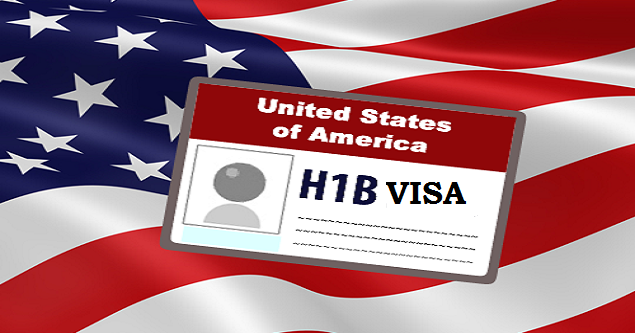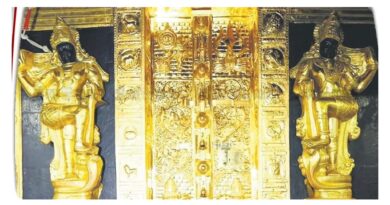Trump Administration Imposes $100,000 Annual Fee on H-1B Visas in Immigration Crackdown
New policy aims to curb H-1B visa misuse, prioritizing American workers while introducing a “Gold Card” visa for elite talent.
In a sweeping overhaul of the U.S. immigration system, President Donald Trump has signed a proclamation raising the annual fee for H-1B visas to $100,000, a move designed to deter companies from hiring foreign workers over Americans. Announced on Friday, the policy targets what the administration calls widespread “abuse” of the H-1B visa program, particularly by tech firms, and is expected to significantly impact Indian professionals, who make up the majority of H-1B visa recipients.
The H-1B visa, intended to bring highly skilled temporary workers to the U.S., has been a cornerstone for tech companies hiring talent in fields like science, technology, engineering, and mathematics (STEM). However, the Trump administration argues that the program has been exploited to replace American workers with lower-paid foreign labor, particularly in the IT sector. Between 2000 and 2019, the number of foreign STEM workers in the U.S. surged from 1.2 million to 2.5 million, with H-1B visas playing a key role, according to government data.
“Some companies have manipulated the H-1B system to cut costs, firing American workers and outsourcing jobs to lower-paid foreign labor,” the administration stated in its order. The new $100,000 fee aims to ensure that only “truly extraordinary” workers are brought in, discouraging firms from using the program to suppress wages. White House staff secretary Will Scharf emphasized, “This ensures companies hire Americans first and only bring in the top talent.”
The policy is poised to affect Indian IT giants like Infosys, TCS, HCL, and Wipro, which secured approvals for around 20,000 H-1B visas between October 2022 and September 2023, with Indians accounting for 72% of the nearly 400,000 visas issued during that period. The steep fee could make it uneconomical for companies to sponsor H-1B workers, potentially forcing them to prioritize hiring domestically or face significant costs.
In a parallel move, Trump introduced the “Gold Card” visa program, a new pathway for “extraordinary” individuals who can pay $1 million—or $2 million if sponsored by a corporation—for expedited visa processing and a route to permanent residency. “This will bring in billions for the U.S. Treasury, which we’ll use to cut taxes and reduce debt,” Trump said, flanked by Commerce Secretary Howard Lutnick during the signing.
Lutnick defended the policy, stating, “We’re stopping the practice of admitting low-wage workers who compete with Americans. Only the best, most valuable talent will come to the U.S.” He noted that the $100,000 fee will apply to both new H-1B applicants and renewals, forcing companies to decide whether their foreign workers are worth the cost or if they should “hire an American.”
The move has sparked concerns among tech firms reliant on H-1B workers, though Trump claimed industry leaders are supportive, stating, “They’re happy to pay for the best talent.” Critics, including Florida Governor Ron DeSantis, have long called the H-1B program a “scam” that benefits specific industries while sidelining American workers, particularly in the face of automation and artificial intelligence advancements.
For Indian professionals, the policy could disrupt career plans, especially for those awaiting Green Cards, which face decades-long backlogs. Companies may hesitate to pay the hefty fee for renewals, potentially forcing workers to leave the U.S. or seek alternative visa options.
The administration projects the new fees will generate over $100 billion for the U.S. Treasury, funds it plans to use for tax cuts and debt reduction. As the policy takes effect, its ripple effects on the tech industry, U.S. labor markets, and global talent flows are likely to be closely watched.




